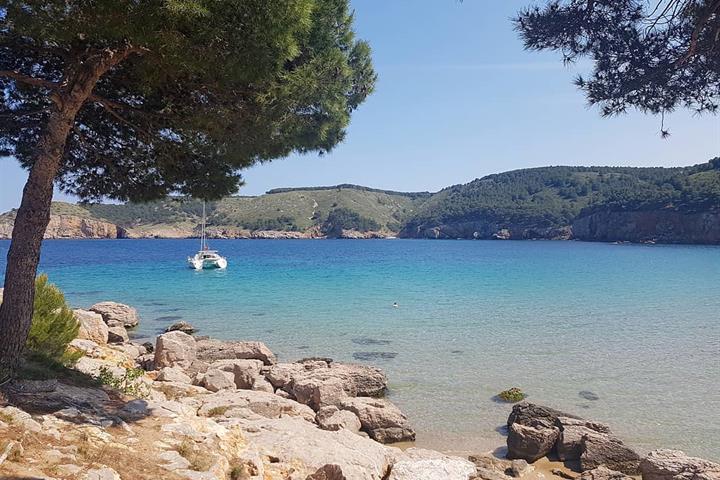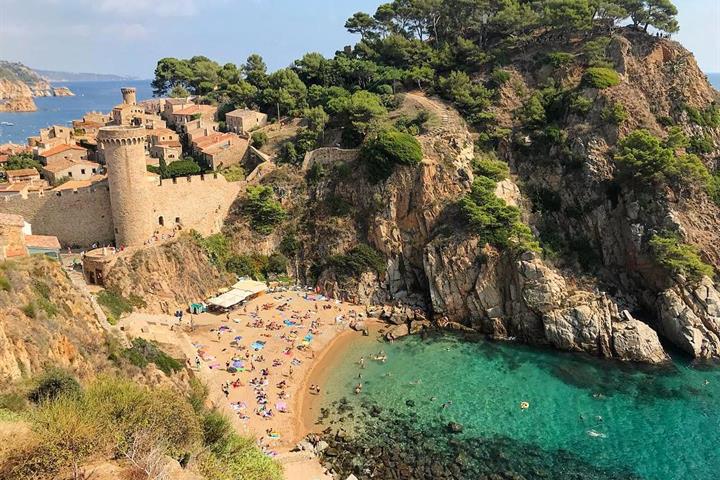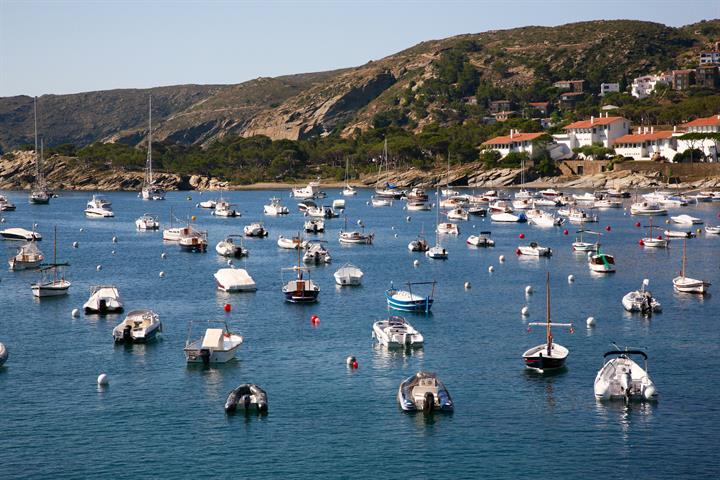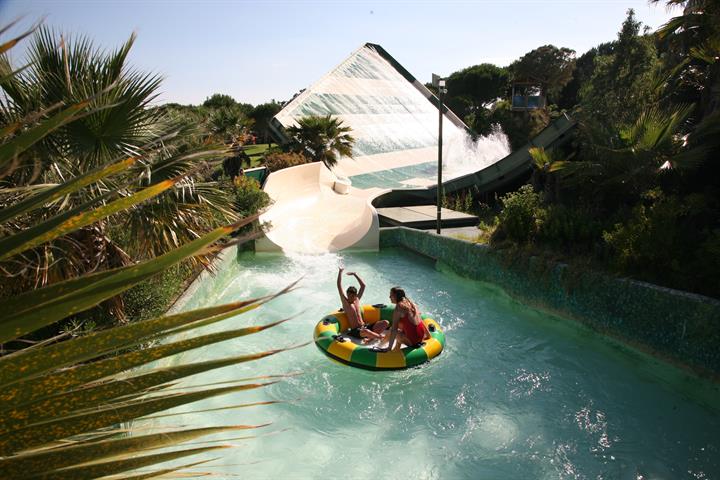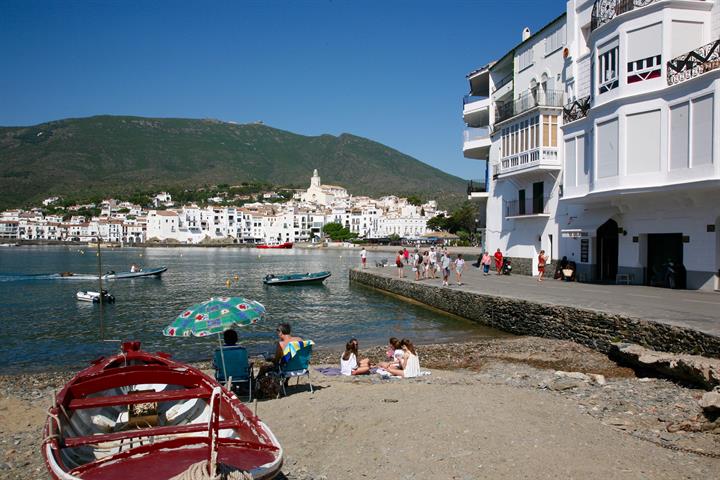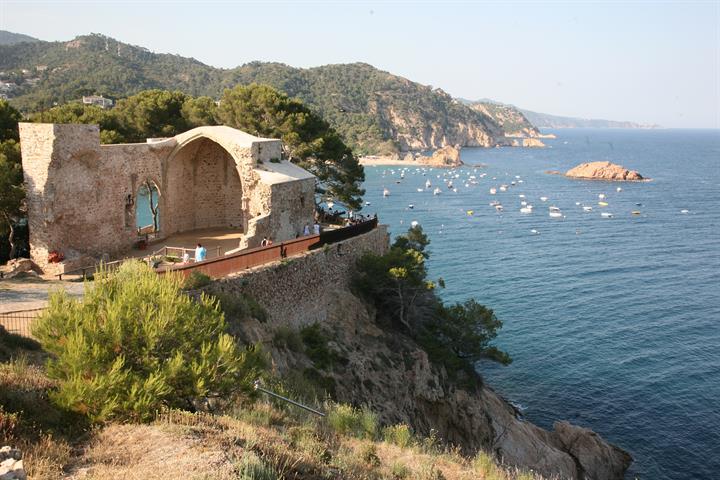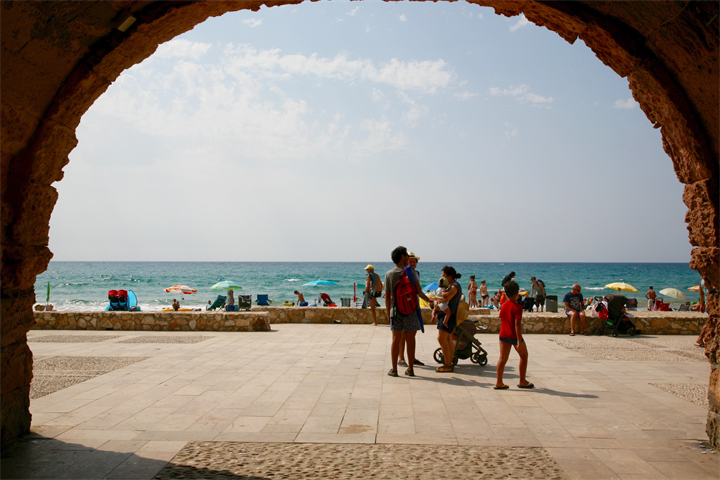Katalonia - informacja turystyczna i wideo
Informacje wakacyjne, fakty, zdjęcia i wideo - Katalonia
Wyróżnione domy wakacyjne w w Katalonia
Rzeczy do zrobienia
Ciekawe miejsca do zobaczenia w Katalonia
Opinie - Katalonia
Średnia ocen - Na podstawie 5848 opinii.
Miasto
Wybrzeże
| Miasto: | |
| Wybrzeże: |
Dodany przez: Gosia
2018-09-03
Ta opinia jest w języku polski
Ta opinia jest w języku polski
Zgłoś nadużycie
Uważasz, że to nadużycie
| Miasto: | |
| Wybrzeże: |
Dodany przez: Witold Cyrus
2017-10-16
Ta opinia jest w języku polski
Ta opinia jest w języku polski
Zgłoś nadużycie
Uważasz, że to nadużycie
| Miasto: | |
| Wybrzeże: |
Dodany przez: Karolina
2017-07-28
Ta opinia jest w języku polski
Ta opinia jest w języku polski
Zgłoś nadużycie
Uważasz, że to nadużycie
| Miasto: | |
| Wybrzeże: |
Dodany przez: Krzysztof
2016-09-29
Ta opinia jest w języku polski
Ta opinia jest w języku polski
Zgłoś nadużycie
Uważasz, że to nadużycie
| Miasto: | |
| Wybrzeże: |
Dodany przez: Anna
2016-09-19
Ta opinia jest w języku polski
Ta opinia jest w języku polski
Zgłoś nadużycie
Uważasz, że to nadużycie
| Miasto: | |
| Wybrzeże: |
Dodany przez: krzysztof sobczynski
2016-09-06
Ta opinia jest w języku polski
Ta opinia jest w języku polski
Zgłoś nadużycie
Uważasz, że to nadużycie
| Miasto: | |
| Wybrzeże: |
Dodany przez: Slawek
2016-08-22
Ta opinia jest w języku polski
Ta opinia jest w języku polski
Zgłoś nadużycie
Uważasz, że to nadużycie
| Miasto: | |
| Wybrzeże: |
Dodany przez: Piotr
2016-08-07
Ta opinia jest w języku polski
Ta opinia jest w języku polski
Zgłoś nadużycie
Uważasz, że to nadużycie
| Miasto: |
Dodany przez: Daniel
2016-07-11
Ta opinia jest w języku polski
Ta opinia jest w języku polski
Zgłoś nadużycie
Uważasz, że to nadużycie
| Miasto: | |
| Wybrzeże: |
Dodany przez: Janusz Wilk
2016-07-09
Ta opinia jest w języku polski
Ta opinia jest w języku polski
Zgłoś nadużycie
Uważasz, że to nadużycie
| Miasto: | |
| Wybrzeże: |
Dodany przez: Margaret
2016-07-03
Ta opinia jest w języku polski
Ta opinia jest w języku polski
Zgłoś nadużycie
Uważasz, że to nadużycie
| Miasto: |
Dodany przez: Rafal Bielak
2016-05-27
Ta opinia jest w języku polski
Ta opinia jest w języku polski
Zgłoś nadużycie
Uważasz, że to nadużycie
| Miasto: | |
| Wybrzeże: |
Dodany przez: Waldemar Michalczyk
2015-10-12
Ta opinia jest w języku polski
Ta opinia jest w języku polski
Zgłoś nadużycie
Uważasz, że to nadużycie
| Miasto: |
Dodany przez: Robert
2015-09-09
Ta opinia jest w języku polski
Ta opinia jest w języku polski
Zgłoś nadużycie
Uważasz, że to nadużycie
| Miasto: |
Dodany przez: Monika
2015-08-31
Ta opinia jest w języku polski
Ta opinia jest w języku polski
Zgłoś nadużycie
Uważasz, że to nadużycie
| Miasto: |
Dodany przez: Remigiusz
2015-08-29
Ta opinia jest w języku polski
Ta opinia jest w języku polski
Zgłoś nadużycie
Uważasz, że to nadużycie
| Miasto: | |
| Wybrzeże: |
Dodany przez: Wiktor
2015-07-26
Ta opinia jest w języku polski
Ta opinia jest w języku polski
Zgłoś nadużycie
Uważasz, że to nadużycie
